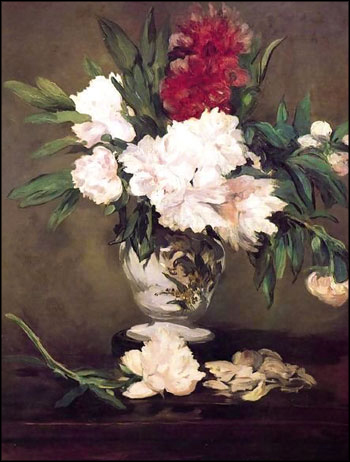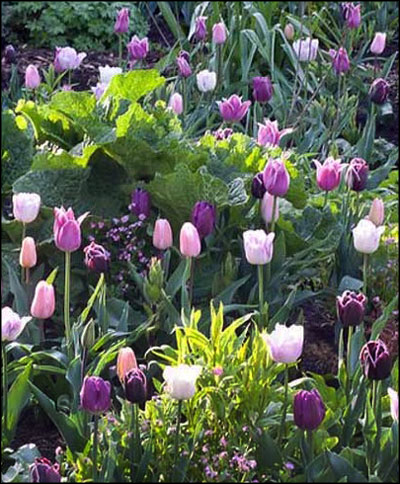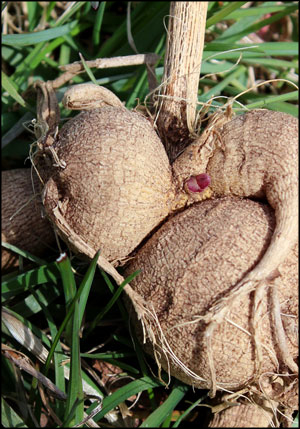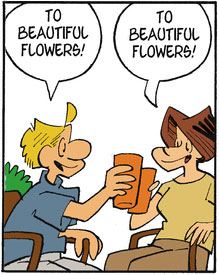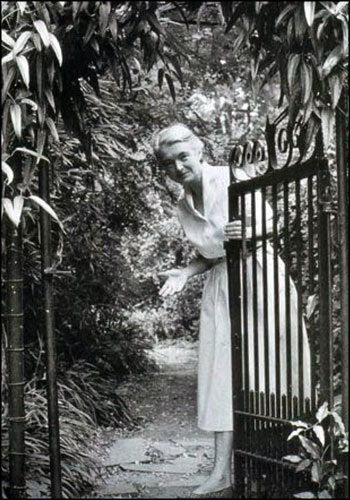
“I belong to that great fraternity whose members garden for love,” the eminent Southern garden writer Elizabeth Lawrence wrote in 1981. “They are called Brothers of the Spade” – a term first used in the 1700s by the great British plant collector Peter Collinson.
“Some own estates, some are directors of botanic gardens, and some have only small back yards,” Lawrence continued, but all are “amateurs in the true sense of the word – they garden for love.” (The Latin root of amateur is amare, to love.)
Together these garden lovers “keep in cultivation many a valuable plant that would otherwise be lost. Among them they preserve a reservoir of plants that could never be collected in any one place, even an institution, for the preservation of plants depends upon individual efforts, and it is only in private gardens, in lonely farm yards, and around deserted houses that certain plants no longer in the trade are found.”
Are you gardening for love? Are you nurturing plants in your garden that have all but disappeared everywhere else? If so, you’re one of us, and we’re proud to be gardening alongside you in the immortal Fellowship of the Spade!





